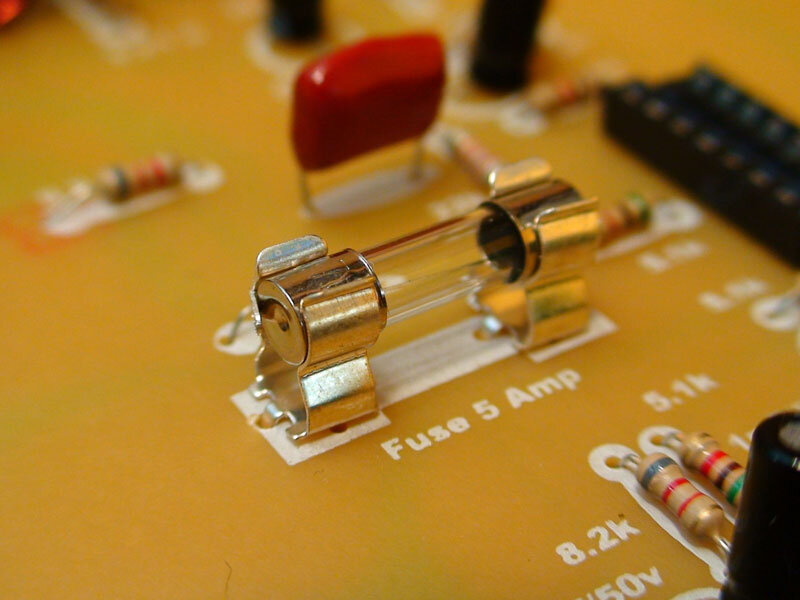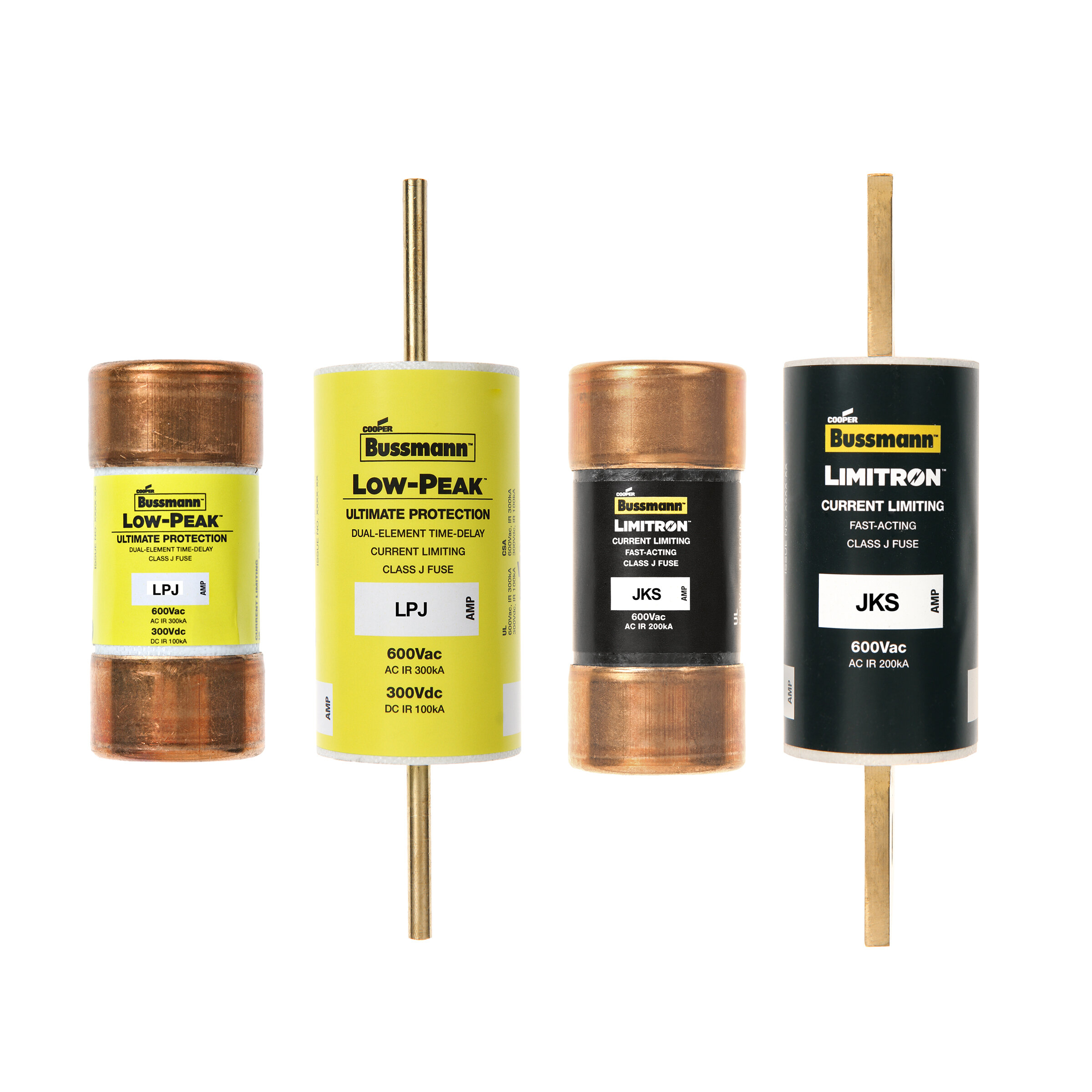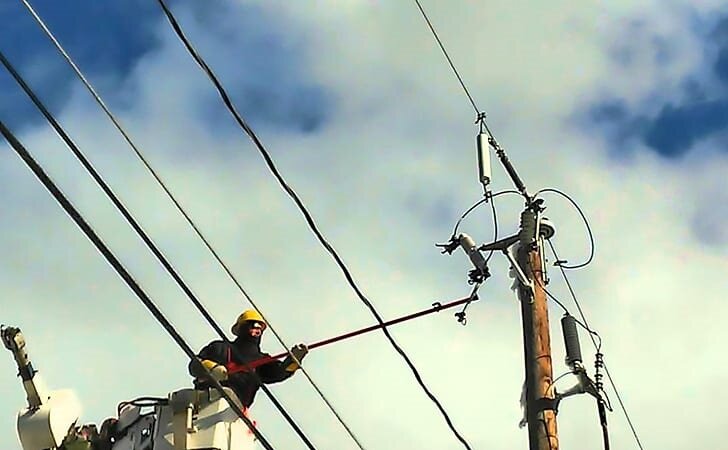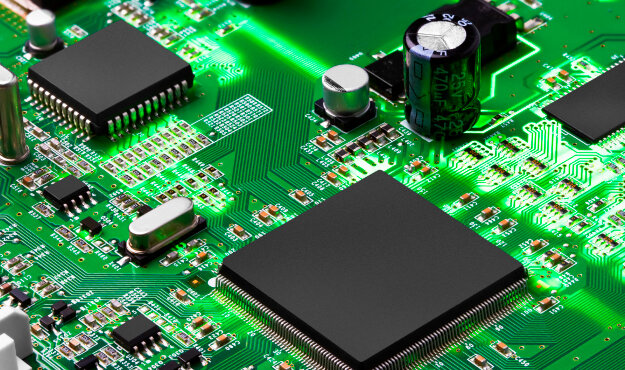Bussmann University - Virtual Training
Bussmann University is a library of webcasts covering today’s most pressing fusible circuit protection topics. Each 1-hour webcast is presented by a Field Application Engineer and has a scheduled live date; always held on a Thursday from 10:30 a.m. to 11:30 a.m. Central Time. Can’t attend live? Each webcast will be made available for on-demand viewing following live broadcast. Register for Bussmann University to gain access to our upcoming live webcasts and our library of previously held, on-demand webcasts.
UPCOMING LIVE WEBCASTS:
SEPTEMBER 9
FAULT CURRENT CALCULATIONS
Covers the various overcurrent types, focusing on short circuits or fault currents. We will provide a background on why short-circuit current is important and the applications where knowing the available fault current is critical to comply with the National Electrical Code. Videos will demonstrate some common misapplications related to interrupting rating, short-circuit current rating and arc flash. Working examples will guide you through calculations of the available fault current using free tools available online or on a smartphone.
SEPTEMBER 23
ELECTRIC VEHICLE OVERCURRENT PROTECTION
Covers overcurrent protection consideration for hybrid and electric vehicles. Provides an overview of Eaton’s portfolio of Bussmann series EV fuses specifically designed to protect sensitive electric and hybrid automotive equipment, including high voltage, high capacity batteries, power conversion equipment, contactors, cabling and other auxiliary circuits.
OCTOBER 7
PHOTOVOLTAIC OVERCURRENT PROTECTION
Covers the unique nature of PV system power generation and overcurrent protection considerations for these applications. Provides an overview of Eaton’s Bussmann series fuses designed for optimal protection of these systems.
OCTOBER 21
MEDIUM VOLTAGE FUSES
Covers the various types of medium voltage fuses with particular focus on current-limiting fuses and protection of medium voltage utilization equipment (not transmission and distribution). Detail on each fuse type will be provided with details on key ratings, applications and sizing.
NOVEMBER 4
ELEVATOR DISCONNECT REQUIREMENTS
Covers elevator applications and requirements in NFPA 70 National Electrical Code, NFPA 72 National Fire Alarm & Signaling Code, and American National Standards Institute ASME A17.1 Safety Code for Elevators and Escalators pertaining to the elevator disconnecting means.
ON-DEMAND WEBCASTS:
OVERCURRENT PROTECTION FUNDAMENTALS
Covers the key overcurrent protection principles including Friemel’s Laws of Overcurrent Protection. The key ratings of overcurrent protective devices, construction and types will be discussed. In addition, performance characteristics such as current-limitation, selective coordination and the role of the overcurrent protective device in electrical safety will be reviewed. Finally, a summary of the key benefits of modern, current-limiting fuses will be presented.
UL LOW VOLTAGE FUSES
Covers the various classes of UL low-voltage fuses, including branch-circuit fuses and supplemental fuses. Detail on each fuse class will be provided with information on key ratings, applications and uses. Key reasons to choose one fuse type over another will be presented.
SELECTIVE COORDINATION
Covers the basic code requirements for selective coordination and the latest NEC edition, including definitions and key requirements. In addition, examples will be given to selectively coordinate with fuses, circuit breakers and a combination of each. Tools will be provided to help comply with the Code.
2020 NEC CODE CHANGES
Covers some of the critical NEC changes in the 2020 edition with an emphasis on changes related to overcurrent protection. Topics covered include changes to service entrance equipment, arc energy reduction, selective coordination and more.
SCCR AND NEC REQUIREMENTS
Covers the basic code requirements for equipment short-circuit current ratings and recent code updates, including definitions and key requirements. In addition, marking and documentation requirements are discussed for available fault current for various types of equipment. Tools will be provided to help comply with the Code.
MOTOR CIRCUIT DEVICES
Covers the motor circuit and various devices that can be used. A thorough explanation will be given as to the proper application of disconnects switches, fuses, branch-circuit and supplemental, molded case circuit breakers, motor circuit protections, combination motor controllers and more. Other devices used in industrial control panels and machinery will also be reviewed along with common misapplications found in the industry.
DETERMINING SCCR - UL 508A SB4 - PART 1
Covers the UL 508A requirements and procedures outlined in Supplement SB to determine the short-circuit current rating of an industrial control panel. Examples and practice problems will be provided to further enhance the concepts.
DETERMINING SCCR - UL 508A SB4 - PART 2
Building on the concepts learned in Part 1, we will explore solutions and strategies to achieve high short-circuit current ratings in an industrial control panel. We will also review some Bussmann series resources available to assist you in determining and increasing panel SCCR.






